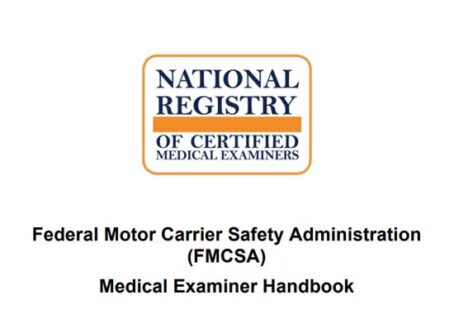Guidance on ag hauler HOS exemptions, personal conveyance officially published
While already in effect, the Federal Motor Carrier Safety Administration has taken the final step in making new guidance on agriculture haulers hours of service exemptions and personal conveyance exemption official. The guidance documents published in the Federal Register on Thursday.
In a conference call with industry media in late May, FMCSA’s Deputy Administrator Cathy Gautreaux and Director of Enforcement and Compliance Joe DeLorenzo discussed new guidance.
For months the agency sought input from drivers, carriers and other stakeholders in updating its hours-of-service exemption for haulers of agricultural commodities with respect to the 150 air-mile exemption. The agency also issued updated guidance on personal conveyance.
The updated personal conveyance guidance allows truck drivers to use their vehicles to not only get to and from work but to get somewhere safe to rest, regardless of whether or not the vehicle is under load.
The Owner-Operator Independent Drivers Association issued a bulletin updating its members about the new guidance from federal regulators affecting hours-of-service exemptions for ag haulers and drivers who use their commercial vehicles for personal conveyance.
In a bulletin sent to its more than 160,000 members, the Association outlines the changes to the guidance on agricultural transporters who use the 150 air-mile exemption, as well as significant changes to personal conveyance use. The Federal Motor Carrier Safety Administration announced the guidance changes during a conference call on May 31.
Jay Grimes, OOIDA’s director of federal affairs, say the new guidances provide “relief in the wake of the ELD mandate.
“It shows a willingness that the agency can adapt … and that they want to address some of the shortcomings of the mandate,” Grimes said in an interview with Land Line Now. “We’re hopeful that they will continue doing that on a bigger and broader spectrum when it comes to hours of service.”
The Agricultural Commodity guidance clarifies use of the 150 air-miles HOS exemption and its applications in the following areas:
- Drivers operating unladen vehicles traveling either to pick up an agricultural commodity or returning from a delivery point.
- Drivers engaged in trips beyond 150 air-miles from the source of the agricultural commodity.
- Determining the “source” of agricultural commodities under the exemptions.
- How the exception applies when agricultural commodities are loaded at multiple sources during a trip.
The agricultural commodities guidance focuses exclusively on the 150 air-mile exemption to hours of service. The guidance does not expand the definition of agricultural commodity from what is already defined in CFR 395.2 as “any agricultural commodity, nonprocessed food, feed, fiber or livestock.”
Under the new guidance, the exemption applies to unladen vehicles as well as to those under load if that vehicle is on a trip to a source to pick up a load or making a return trip following delivery. All of this is contingent on the fact that the sole purpose of the trip is to deliver or pick up agricultural commodities and does not involve any other cargo. OOIDA was one of several groups to file comments in support of this interpretation of the guidance.
The guidance further clarifies that the exemption applies to trips that exceed 150 air-miles from the source. Upon crossing the 150 air-mile point, the hours-of-service rules would apply for the duration of the trip to the destination, and would be in effect until the driver returned within the 150 air-mile radius in which the trip began.
The new Personal Conveyance guidance allows truck drivers to use their vehicles to not only get to and from work but to get somewhere safe to rest, regardless of whether or not the vehicle is under load.
If a driver ends up detained at a shipper or receiver and runs out of hours, the new personal conveyance guidance would give that driver the ability to use personal conveyance to move to a safe location.
Other examples of appropriate use of personal conveyance include being asked to move a vehicle by law enforcement when the driver is in a rest break. FMCSA officials say the agency purposefully did not define “safe parking” in the guidance or issue specifics about the length of time or distance a driver could travel in searching for a “reasonable place to park.”
The guidance also outlines other appropriate uses for personal conveyance including, but not limited to, these examples:
- Time spent traveling from a driver’s en route lodging (such as a motel or truck stop) to restaurants and entertainment facilities.
- Authorized use of a CMV to travel home after working at an offsite location.
- Commuting between the driver’s terminal and his or her residence, between trailer drop lots and the driver’s residence, and between work sites and his or her residence. In these scenarios, the commuting distance combined with the release from work and start to work times must allow the driver enough time to obtain the required restorative rest as to ensure the driver is not fatigued.
- Time spent traveling to a nearby, reasonable, safe location to obtain required rest after loading or unloading.
- Moving a CMV at the request of a safety official during the driver’s off-duty time
- Time spent transporting personal property while off-duty.









